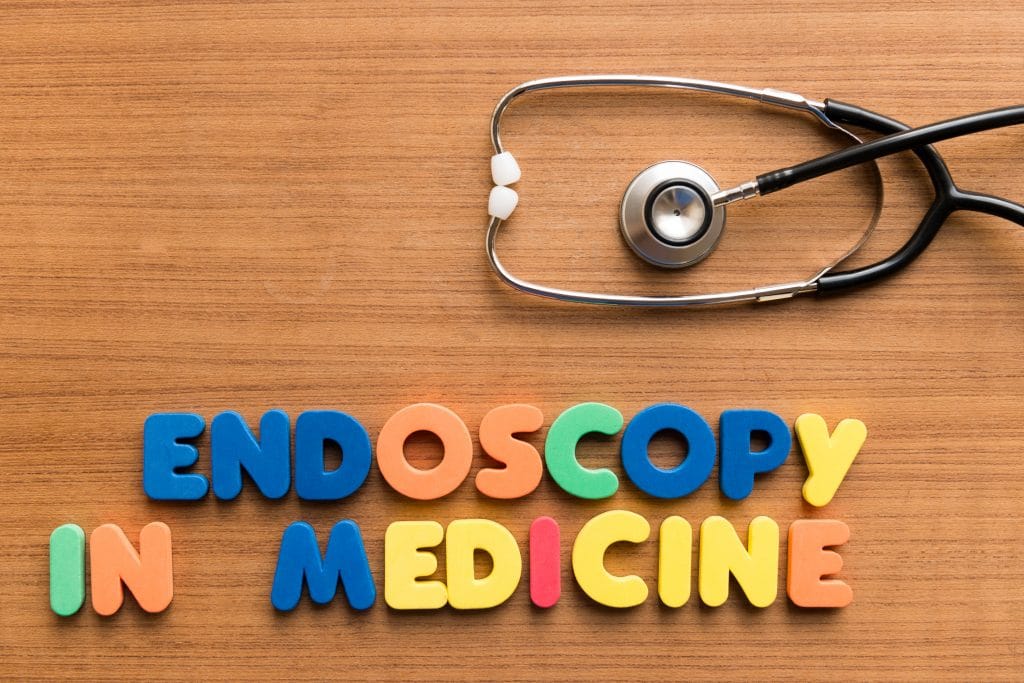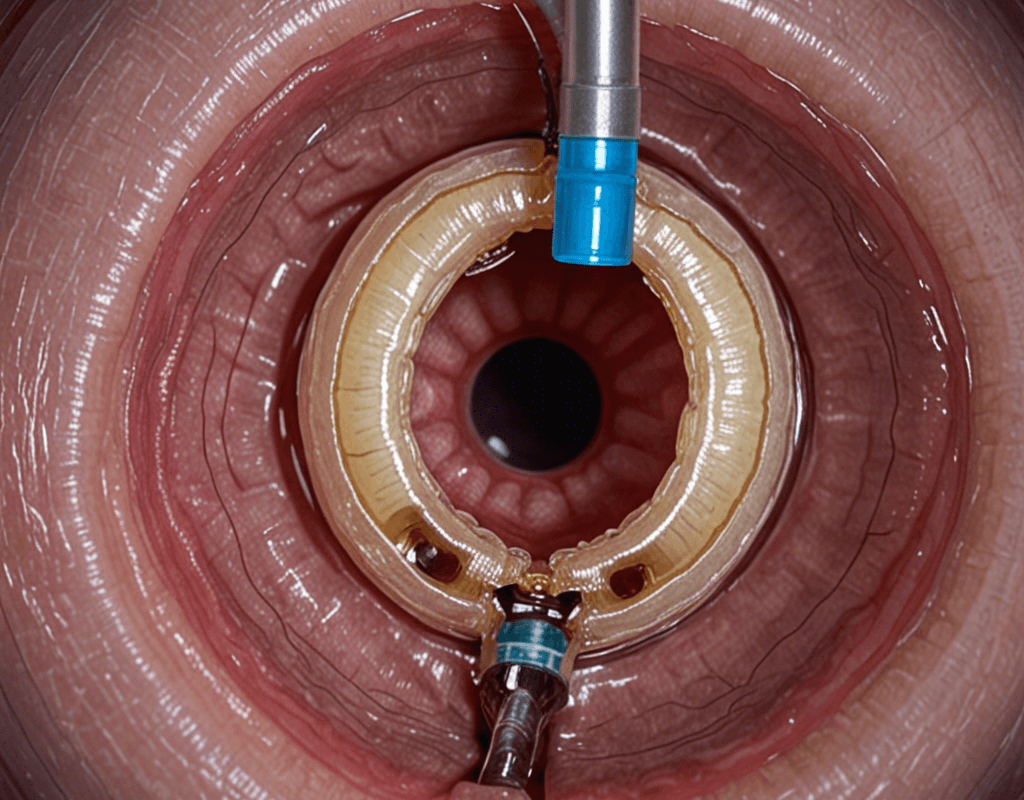
In modern medicine, advancements continually push the boundaries of what we can achieve in diagnosing and treating ailments. One such innovation that has revolutionized the field of gastroenterology is Wireless Capsule Endoscopy (WCE). Offering a non-invasive and comprehensive method of examining the digestive tract, WCE stands as a testament to the ingenuity of medical technology.
What is Wireless Capsule Endoscopy?
Wireless Capsule Endoscopy entails a tiny, pill-sized capsule equipped with a miniature camera, light source, and wireless transmitter. Once ingested, this capsule travels through the digestive system, capturing high-definition images of the esophagus, stomach, small intestine, and even portions of the colon. These images are transmitted wirelessly to a recording device worn by the patient, allowing for real-time monitoring and analysis by medical professionals.
The Procedure Unveiled
The procedure begins with the patient swallowing the capsule, which then embarks on its journey through the gastrointestinal tract, propelled by natural peristalsis. As it navigates through the various sections of the digestive system, the capsule captures a series of images, providing a detailed visual representation of the intestinal lining.
Unlike traditional endoscopic procedures that require sedation and insertion of a long, flexible tube, WCE offers a painless and sedation-free alternative, significantly enhancing patient comfort and compliance.
Applications and Advantages
WCE has emerged as a valuable tool in diagnosing a myriad of gastrointestinal conditions, including obscure bleeding, Crohn’s disease, small bowel tumors, and inflammatory bowel disease.
Its ability to visualize areas inaccessible to conventional endoscopes makes it particularly useful in identifying lesions and abnormalities in the small intestine, which may otherwise go undetected. Furthermore, WCE eliminates the need for invasive procedures such as colonoscopies or enteroscopies in certain cases, reducing patient discomfort and procedural risks.
What Conditions Does it Help Diagnose?
Wireless Capsule Endoscopy can help diagnose various gastrointestinal conditions, including:
- Detects obscure bleeding when other methods fail.
- Visualizes the entire small intestine, aiding in Crohn’s disease diagnosis.
- Detects small bowel tumors missed by other imaging.
- Assesses inflammation severity in inflammatory bowel disease (IBD).
- Reveals characteristic changes in the small intestine lining for celiac disease diagnosis.
- Crucial in screening for polyps and early signs of cancer, especially in areas beyond traditional endoscopic scopes’ reach.
Preparing for a Wireless Capsule Endoscopy
Preparing for a WCE involves following your doctor’s instructions carefully, including fasting for a specified period before the procedure to ensure a clear digestive system. Inform your doctor about any medications you’re taking, as adjustments may be needed.
In some cases, bowel preparation may be recommended to optimize visualization. Wear comfortable clothing on the day of the procedure and arrive prepared with the necessary paperwork and entertainment like music to help pass the time during the procedure.
During the Procedure
During a WCE, patients can expect to swallow a small capsule, similar to a pill, which contains a tiny camera. This camera captures images as it travels through the digestive system, providing a detailed view of the gastrointestinal tract.
The procedure itself typically takes 8 to 10 hours, during which time patients can go about their daily activities while wearing a sensor belt that collects the images transmitted by the capsule. Patients usually don’t feel any sensations while the capsule is traveling through their digestive system.
However, some may experience mild discomfort or difficulty swallowing the capsule initially, but this is usually temporary and subsides quickly. Once the procedure is complete, the capsule is naturally expelled from the body through bowel movements, and patients can dispose of it according to their healthcare provider’s instructions.
Risks and Considerations
While WCE is generally safe, rare risks such as capsule retention or incomplete visualization may occur. Complications like capsule aspiration or allergic reactions are uncommon but possible.
Patients with pacemakers should consult their cardiologist beforehand due to potential electromagnetic interference. Additionally, wireless capsule endoscopy is typically avoided during pregnancy due to fetal risks. It’s crucial to discuss any concerns with your healthcare provider before undergoing WCE and explore all available options.
After the Procedure: What to Expect
After the procedure, you’ll return the recording device to your healthcare provider’s office, typically within a day or two. The results, derived from the images captured by the capsule, will be reviewed by your healthcare provider, which may take a few days.
Following this, you’ll have a follow-up appointment to discuss the findings. Based on the results, further diagnostic tests or treatments may be recommended. Your healthcare provider will communicate the results with you, provide written reports, and outline any necessary next steps.
Attending your follow-up appointment and addressing any concerns or questions you may have during the discussion with your healthcare provider is crucial.
Innovations and Future of Wireless Capsule Endoscopy
Recent innovations in Wireless Capsule Endoscopy technology have brought about significant improvements in both battery longevity and image clarity.
Furthermore, advancements in imaging technology have facilitated the production of sharper and more detailed images, empowering healthcare professionals to detect and diagnose gastrointestinal abnormalities with greater precision.
Looking ahead, the integration of artificial intelligence (AI) holds promise for revolutionizing WCE. AI algorithms can rapidly analyze large volumes of imaging data, improving diagnostic accuracy and efficiency. Future trends may also include advancements in capsule design for improved maneuverability and navigation within the gastrointestinal tract.
Overall, these innovations in WCE technology are transforming gastrointestinal imaging, offering new opportunities for early detection and intervention in a wide range of disorders.
Conclusion
In the ever-evolving landscape of modern medicine, Wireless Capsule Endoscopy (WCE) stands out as a remarkable innovation in gastroenterology. Offering a non-invasive and comprehensive method for visualizing the gastrointestinal tract, WCE has transformed diagnostic practices with its advanced technology. With improved image quality and extended battery life, WCE enables healthcare providers like Gastroenterology Medical Clinic to better detect and diagnose gastrointestinal abnormalities, ranging from obscure bleeding to inflammatory bowel disease.
Moreover, the integration of artificial intelligence holds promise for further enhancing diagnostic accuracy and efficiency in WCE, paving the way for more effective patient care.
For individuals considering WCE, consulting their healthcare provider is crucial to determine its potential benefits. By seeking guidance and undergoing this innovative procedure, patients can receive timely diagnoses and personalized treatment plans, ultimately leading to better management of gastrointestinal conditions.
Frequently Asked Questions
How long does the procedure take?
A capsule endoscopy procedure typically lasts around 8 to 10 hours.
Is the capsule endoscopy painful?
No. The capsule is swallowed like a pill, and as it travels through the digestive system, it captures images without causing discomfort.
Can I go to work after swallowing the capsule?
Yes. The capsule is designed to pass through your digestive system while you go about your day.




